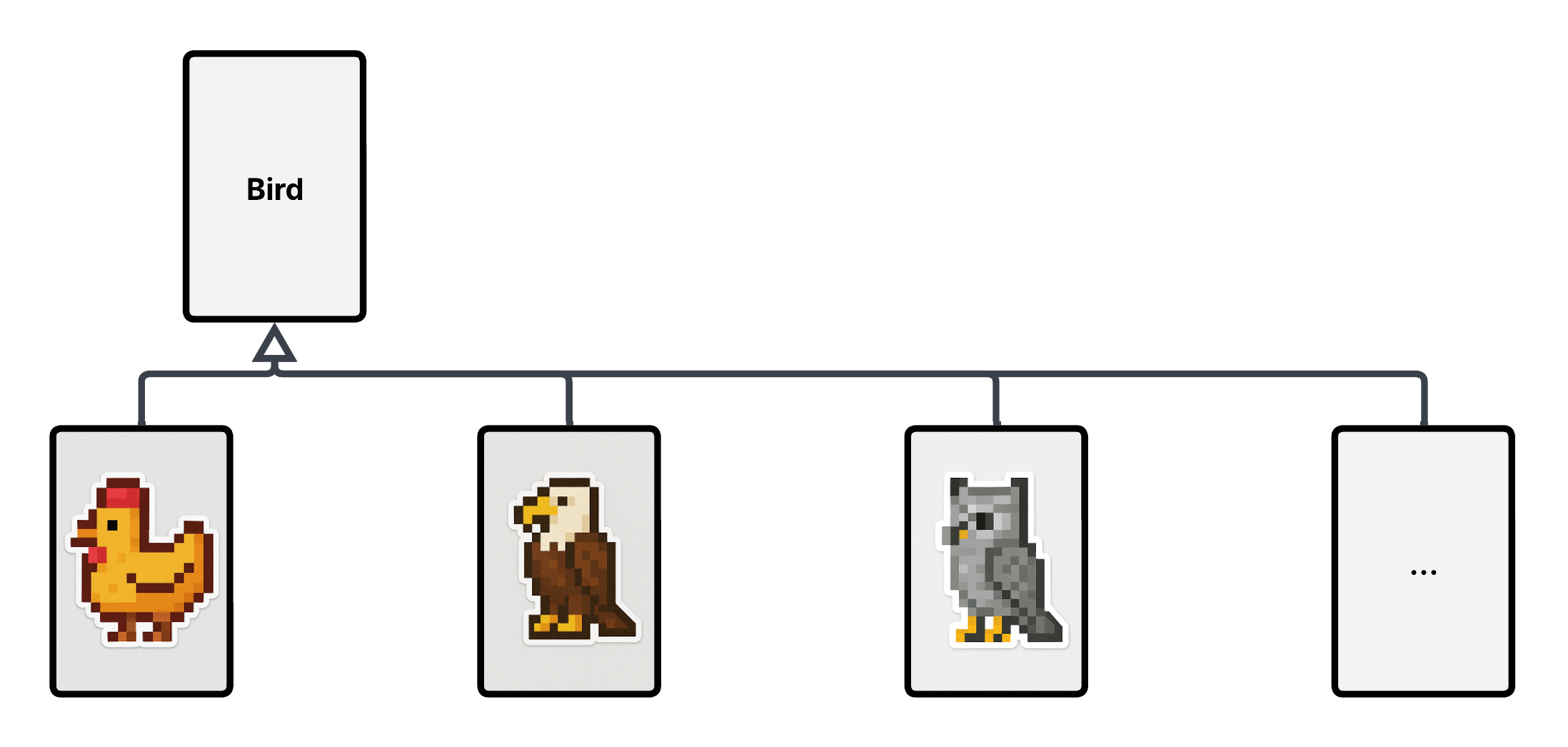Software Design Patterns
0
When I first started coding, everything felt so rigid. I’d follow tutorials exactly, almost always afraid to experiment. My programs were stitched-up zombies of what I found on the Internet, with only tiny tweaks to see if I could make them do something else. On days I found myself with enough courage to venture into unknown territories, my code would always end up clunky, repetitive, and barely functional.
I’d change one thing at a time, re-run the program, then watch for errors. It was all so mechanical, like I was assembling a jigsaw puzzle without seeing the full picture. My clumsiness was mostly because of my shallow understanding of the deeper structures and abstractions. My obsession with the present didn’t help much either; everything had to be immediate. My focus was locked on the line I was writing, the next bug to catch, the next statement to print.
I was a frog in a well. I hadn’t seen the range of tools that could make code cleaner. Over time, I realized that I needed exposure — reading other people’s code, exploring different paradigms, even trying new languages. So I sought, and I stumbled upon design patterns after some time.
1

People make sense of the world by creating abstractions—simplified concepts or models that capture patterns in reality. These abstractions help us navigate complexity and communicate, by serving simultaneously as a specification and generalization: when I say a bird, I’m referring to a feathered vertebrate with wings and optional capacity for flight, not an aquatic mammal with a sleek, streamlined body, flippers, and a thick layer of blubber, a seal; I’m not referring to a specific bird species either, I’m not even dividing the line between reality and imaginary — sirocco, Egyptian vulture, garuda.
2
Richard Rorty, an influential American philosopher, argued that vocabulary is essential in shaping our understanding of the world. In his view, the vocabularies are tools for coping with the world, not to mirror a true essence of things; they are contingent frameworks that influence our thoughts and beliefs. Rorty also suggested that there is no “correct” vocabulary for describing the world. Instead, they are always provisional and we continuously create and adopt new vocabularies.
3
Kent Beck famously said, “Dependency is the key problem in software development at all scales.”
In my journey as a software engineer, I’ve seen firsthand how artificial dependencies are like a slow-acting poison, silently eroding a project’s maintainability and flexibility. They arise when modules or components become coupled for no compelling reason — often from convenience, shortcuts, or lack of foresight. I remember once tying a simple logging module directly into core logic, only to find that even minor logging changes forced unnecessary ripples of unpleasant revisions and recompilations across the entire system.
4
Design patterns provide a shared vocabulary of abstractions that help decouple artificial dependencies in software design.
5
Having a shared vocabulary in software engineering has been very rewarding and transformative for me. When I started, I’d find myself stuck trying to explain a concept over and over, using clumsy descriptions and hoping the other person would catch my drift. But when I learned about design patterns, in college and through my own studies, it was like discovering a cipher manual.
Now, when I say Decorator, Command, or Observer, I’m not just throwing out buzzwords; I’m evoking a whole set of ideas and trade-offs that others already understand. This shared language has saved me time, reduced misunderstandings, and, most importantly, fostered a sense of teamwork. My co-workers and I are no longer just solving problems; we’re speaking the same language, which feels like unlocking a new level of collaboration.
Design patterns also reshaped how I think about code. I was able to shift my mindset from being fixated on the immediate problem to pause and think about how the code would evolve. Design patterns gave me blueprints that helped me reason about structure and intention. By embracing them, I began to see my code as part of a bigger narrative — a tale that unfolds and adapts rather than a tangle of reactions, the reflection apparent in my code.
6
Design patterns, while powerful tools for developers, carry hidden dangers. Overuse of patterns can lead to overly complex, bloated code — what’s often called patternitis. Instead of simplifying, they can obscure the original intent of the code, making it harder for new developers to grasp. Patterns are tools, not goals; it’s vital to remember that using them unnecessarily can hamper performance and clarity. Good software design isn’t about stacking patterns like trophies — it’s about choosing the right ones at the right time.